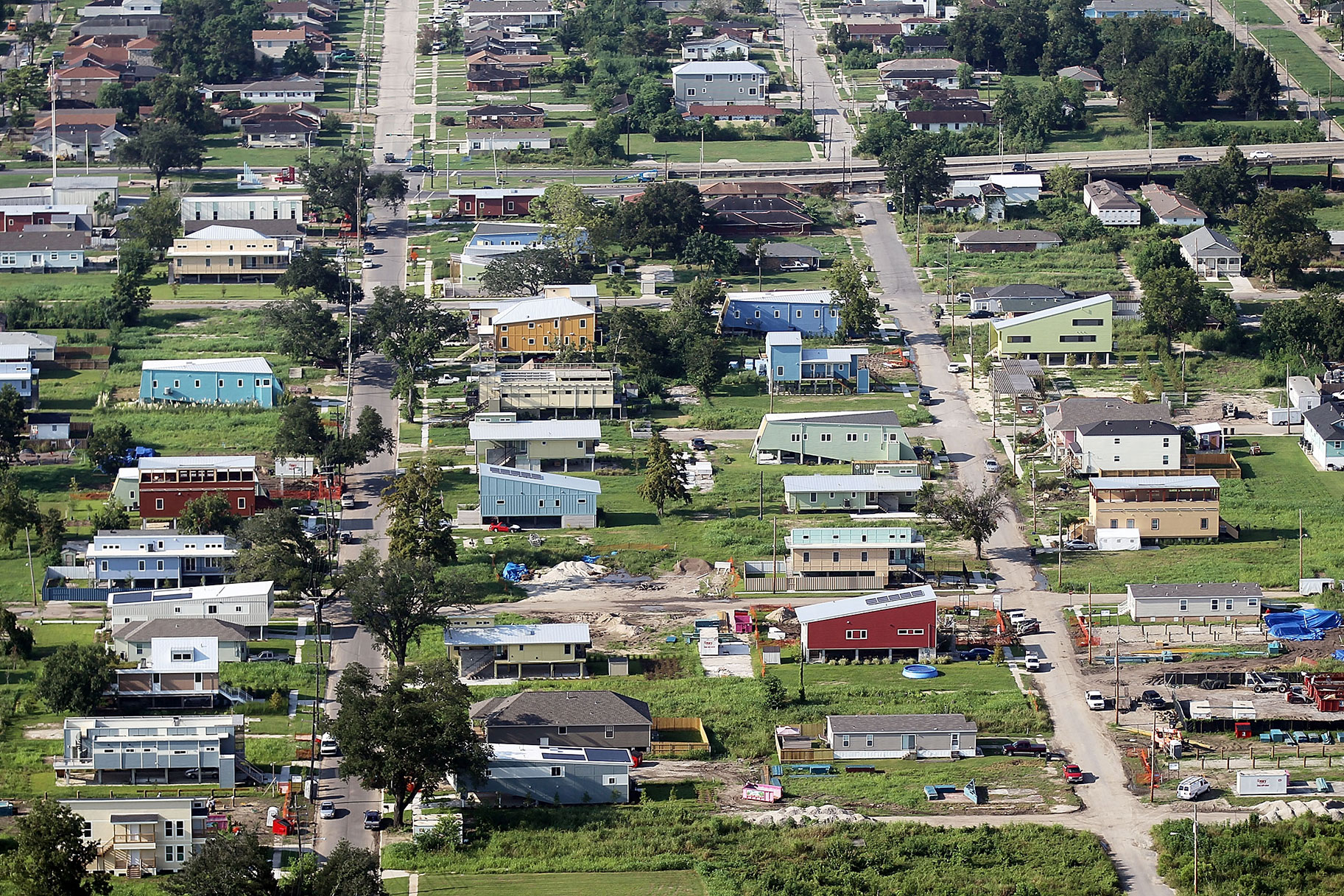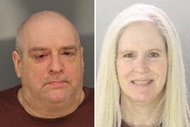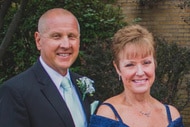Create a free profile to get unlimited access to exclusive videos, breaking news, sweepstakes, and more!
What's The History Of New Orleans' Lower 9th Ward, Featured In 'The Pharmacist'?
As Netflix's docu-series "The Pharmacist" explores, The Lower 9th Ward in New Orleans struggled with drug-related crime in the 1980s and 1990s, but 2005's Hurricane Katrina dealt the community an even bigger blow.

Although Netflix's latest docu-series "The Pharmacist" focuses on the titular figure's journey to find justice for his dead son, an equally interesting character in the saga is the city of New Orleans itself and its many divided communities.
Most prominent is the Lower 9th Ward, the neighborhood where Danny Schneider Jr. was shot to death in April 1999 in a drug deal gone wrong and where Dan Schneider hits the pavement in search of closure and his son's killer.
The Lower 9th Ward, or Lower Nine as it is sometimes known, sits near the mouth of the Mississippi River. It's had a reputation for crime across the years but also had one of the higher rates of home ownership across the city of New Orleans, at least before 2005's Hurricane Katrina, the effects of which still scars the community, according to a 2015 story in The Nation.
Before his son's death, Schneider told the documentary producers that he had a poor opinion of the neighborhood, while living in the comparatively affluent St. Bernard's Parish, which borders the Lower 9th.
"I had been aware at the time that a number of kids from St. Bernard had gotten shot to death up in the 9th Ward, buying drugs. And, much as I hate to say it – I heard about it and read it in the paper – and my attitude at that time, and I'm not proud of it, okay, was 'Well the kids shouldn't have been up there,'" Schneider told the documentary.
Residents of the Lower 9th Ward also described the predominantly African-American neighborhood in stark terms.
"As a child growing up in the city, a lot of African-Americans started started buying homes in the Lower 9th Ward and white Americans moved into St. Bernard. And it's like two different worlds," Pastor Terence Reed, a resident of the neighborhood, told the filmmakers. He also explained how the neighborhood was impacted by the crack epidemic in the 1980s and 1990s.
"I grew up in the Lower 9th Ward," Jeffery Hall, who would later admit to killing Danny Schneider as a teen drug dealer, recalled. "And it was a place that we considered as hell. You see white folks down here, you go 'Are you not the police? Or are you looking to score something?' The neighborhood that I was in, in the 9th Ward, that's all that came around. They was all from St. Bernard Parish, you know, coming down to buy drugs."
The neighborhood continues to struggle with poverty and blighted areas. Many areas of New Orleans were badly hurt by the 2005 catastrophe of Hurricane Katrina, but perhaps no community was hurt more than the Lower 9th Ward.
The neighborhood is cut off from the rest of the city by a shipping canal, and it was hit by devastating floods when the levees failed during the hurricane. The community saw water 12 feet high cover some areas for weeks and it was the last neighborhood to have power and water service restored and the last to be pumped dry, according to a 2015 report from National Public Radio.
The neighborhood is one of only four in the entire city with less than half of its population compared to pre-Katrina levels, according to a retrospective on New Orleans after Katrina from The New York Times.
And unfortunately, the separation between the Lower Ninth Ward and St. Bernard's Parish has only been exacerbated since the hurricane. St. Bernard has seen increased rates of recovery and economic investment while the Lower 9th Ward has seen little of the same, local news outlet 4WWL reported in 2018.
"Across the line they got everything," a Lower 9th Ward resident told the station then. "Over here nothing."

























